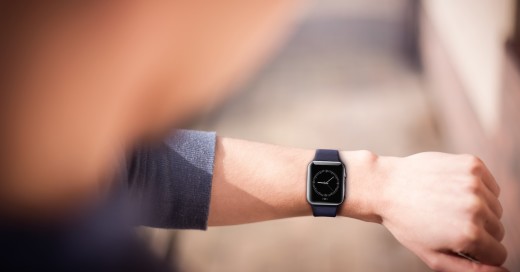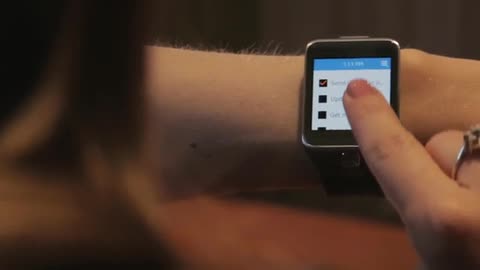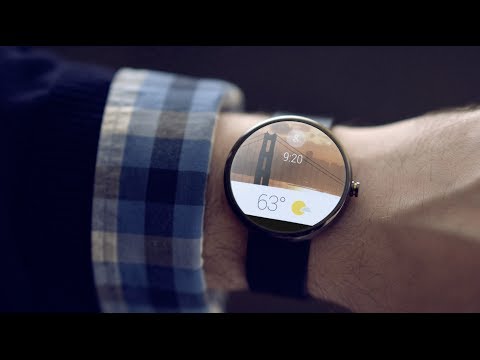
We are all used to companies knowing a bit about us. We quickly accepted that if we look at a toaster on an online shop we’ll get a toaster advert on the next site we visit. It took a little longer for us to accept that social media platforms host ads based on our lifestyle and behaviour, but we went for it.
After all, sharing some personal information and sacrificing a little privacy seems a small price to pay for access to unlimited content and a range of free services online. Now the balance is shifting further still.
What if companies know not just who you are, what you do, who you know – but also how healthy you are, what movements you make and how you feel? This is more than simple clicks and ‘like’ buttons. Wearable data is set to provide a new class of sensitive data about people. Its use by consumers, brands and resellers will become a battleground over the next few years.
At the moment, wearable devices can detect what movements you make, heart rate monitors can provide insight into excitement and stress and glassware can reveal exactly what you are looking at. By adding more exotic sensors like galvanic skin response, the same technology that is used in lie detectors and is now incorporated into the new Microsoft Band, along with heart rate and temperature information, it’s even possible to make educated guesses on emotional status.
When you mix in demographic information and simple details like the time, duration of an activity and proximity to other tracked individuals, crucial context is added to each individual interaction. It is this context, powered by data science, that will usher in the era of highly targeted marketing campaigns, enabling new business initiatives.
Information from wearable data alone can be profound. For example, by monitoring two individuals who are in a relationship, marketers could work out via raised stress levels, poor sleep and a combination of other behaviour that the relationship is in trouble. Divorce, reconciliation and dating services could all be targeted to them.
In the working environment, a recruitment firm could seek out individuals that were habitually late for work, were largely immobile when at the office and spent little time with their colleagues – perhaps indicating dissatisfaction with their job. Recruitment companies could target their efforts accordingly.
By combining wearable data with well-being surveys, enterprise data and beacon technology that records movement around the office, an employer can have a better picture of how staff interact with one another, customers and resources. Employees who are tethered to their desks can be quickly identified; it will become quickly apparent which teams mix together, or don’t mix at all.
Practically, this can provide a useful insight into practices that could be reducing productivity or indicate that particular functions, such as sales or innovation, are not covering the required miles. It is worth noting at this point that beacon technology is already being piloted in some John Lewis shops in the UK to make click and collect more efficient.
When shoppers who have downloaded the John Lewis app enter a shop the beacon picks up their phone signal and, if they have made an online order, a message is sent to staff to make their order ready for pick up.
It’s easy to get carried away and envisage an Orwellian nightmare where your every move and action is monitored and analysed, so at this point it’s worth having a reality check. The degree to which businesses use wearable data, at least over the next few years, will be limited by what people accept as appropriate.
Abusing this data could create a reaction that turns today’s heated debate about privacy into an inferno. Put simply, the consumer backlash in this situation is all powerful. The revised Data Protection Act due to arrive in 2016 in the UK will also go some way to protecting individuals and their data.
In the meantime, businesses quickly need to find out where the privacy line is. As this will be different for each individual, data science could be used to find the ‘privacy tipping point’ of each person, i.e. when does the convenience of the offer get outweighed by the creepiness of the insight the business has into you.
Having a lot of information about individuals also naturally brings up a number of ethical challenges for brands. There’s nothing to stop a maker of fatty food deliberately targeting people with unhealthy lifestyles, or someone who is shown to enjoy a ‘party’ lifestyle receiving special offers on alcohol. Businesses will need to be transparent about how they use wearable data, whether it’s for HR purposes or targeting products or services.
Education and open debate about wearable data is essential. Brands and marketers need to be clear that for all intents and purposes individual identities will be anonymised.
More targeted ads could also reduce marketing spam for consumers and provide better offers. Customer service can also be improved and the gulf between offline and online shopping experiences bridged. Using wearable data for HR will make staff more productive by providing insights that raise morale and efficiency. For businesses, knowing more about customers will improve how they operate, increasing sales and the general quality of goods and services.
In short, the analysis of data from wearable devices in conjunction with other information will allow businesses to deliver messages and services tailored to an accurate location, activity and mood. However, if privacy concerns are not addressed, the public backlash will severely limit the use of wearable data and this will be bad news for consumers and businesses alike.
Read Next: The end of privacy – ‘If you’ve got nothing to hide, you’ve got nothing to live for’
Image credit: Shutterstock, Apple, Android Wear
Get the TNW newsletter
Get the most important tech news in your inbox each week.









